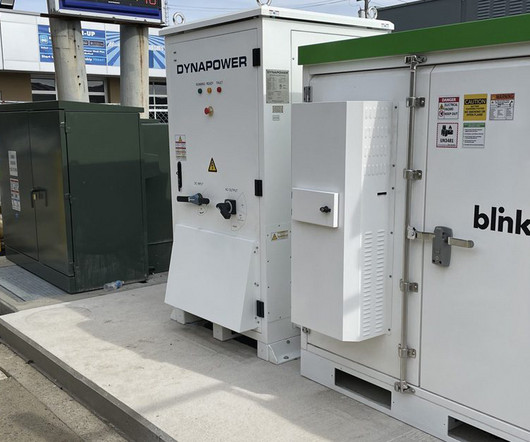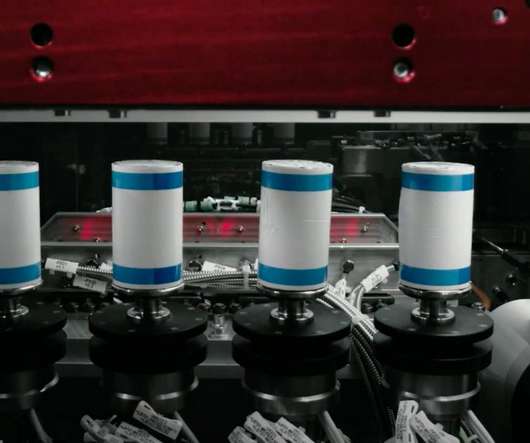How Automotive Dealerships Can Save Money with Battery Energy Storage
Blink Charging
FEBRUARY 1, 2024
federal government is actively facilitating EV adoption, aiming to simplify the purchasing process for consumers , encourage companies to electrify their fleets , and assist businesses in installing EV charging stations. Installing a BESS on-site helps alleviate this grid demand for EV charging.




























Let's personalize your content